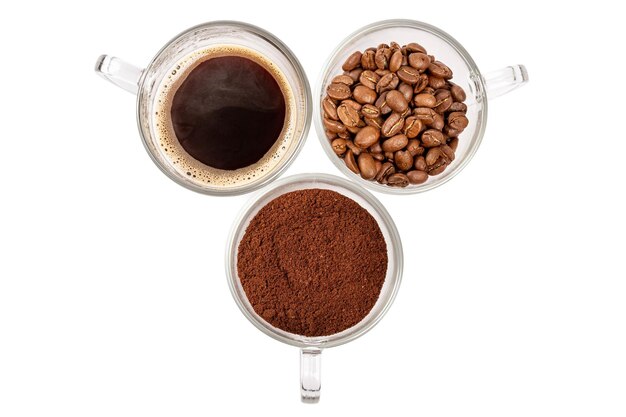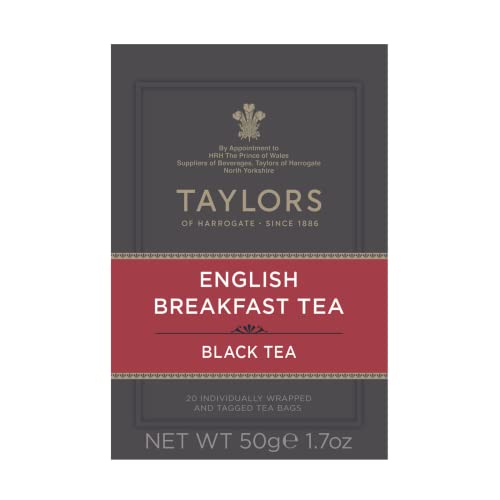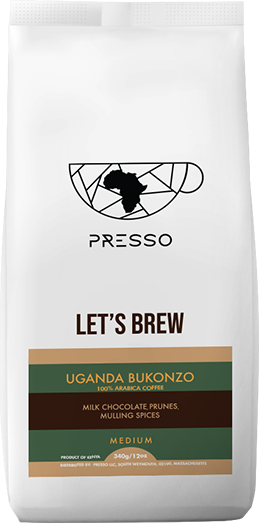
How Coffee Became the World’s Favorite Beverage
How Coffee Became the World’s Favorite Beverage
- azeem memon
- 11-02-2025
- 11-02-2025
- 8004 views
- Featured Articles

Coffee is more than just a morning pick-me-up; it is a global phenomenon, deeply woven into the fabric of societies around the world. From the bustling streets of New York to the traditional coffee ceremonies in Ethiopia, coffee has captivated the hearts and taste buds of millions. But how did this simple beverage evolve into the world’s favorite drink? This blog explores coffee’s journey from its ancient origins to its modern-day dominance.
The Origins of Coffee
The legend of coffee traces back to Ethiopia, where, according to folklore, a goat herder named Kaldi discovered the energizing effects of coffee beans. After noticing that his goats became more lively upon eating red berries from a certain plant, he shared his findings with local monks, who then brewed the first cup of coffee. From Ethiopia, coffee made its way to the Arabian Peninsula, where it became an essential part of culture and commerce.
Coffee and the Islamic World
By the 15th century, coffee was being cultivated in Yemen, where Sufi monks used it to stay awake during long hours of prayer. The beverage quickly spread across the Islamic world, from Mecca to Cairo, Istanbul, and beyond. Coffee houses, known as “qahveh khaneh,” became popular social hubs where people gathered to discuss politics, business, and philosophy.
The European Coffee Craze
Coffee arrived in Europe in the 17th century through Venetian traders who had encountered the drink in their travels to the Middle East. Initially met with skepticism, coffee soon gained popularity, especially in Italy, France, and England. Coffee houses sprung up across major cities, becoming intellectual meeting spots for artists, writers, and philosophers. The famous Lloyd’s Coffee House in London even laid the foundation for what would become Lloyd’s of London, one of the world’s largest insurance markets.
The Rise of Coffee in the Americas
With European colonization, coffee cultivation spread to the New World. The Dutch planted coffee in Java (Indonesia), and the French brought it to the Caribbean. Brazil, however, became the world’s coffee powerhouse after smuggling a coffee seedling from French Guiana in the 18th century. Today, Brazil remains the largest coffee producer in the world.
The Birth of Coffee Culture
The 20th century saw the birth of modern coffee culture, particularly in the United States. The rise of brands like Maxwell House and Folgers made coffee a staple in American households. In the 1970s, Starbucks revolutionized the coffee industry by introducing specialty coffee and the “third-wave coffee movement,” emphasizing high-quality beans and artisanal brewing methods.
Coffee in the Digital Age
In the 21st century, coffee continues to evolve. The rise of social media and influencer marketing has made coffee trends, like Dalgona coffee and nitro cold brew, go viral. Coffee is now more than just a beverage; it is a lifestyle. With sustainability concerns growing, ethical sourcing and fair-trade coffee have become important factors for consumers worldwide.
Conclusion
Coffee’s journey from ancient Ethiopia to modern-day coffee shops around the world is a testament to its universal appeal. Whether it’s a strong espresso in Italy, a creamy cappuccino in France, or a spiced Turkish coffee, this beloved beverage has transcended cultures and generations. As coffee culture continues to evolve, one thing remains certain: coffee is, and always will be, the world’s favorite drink.






















